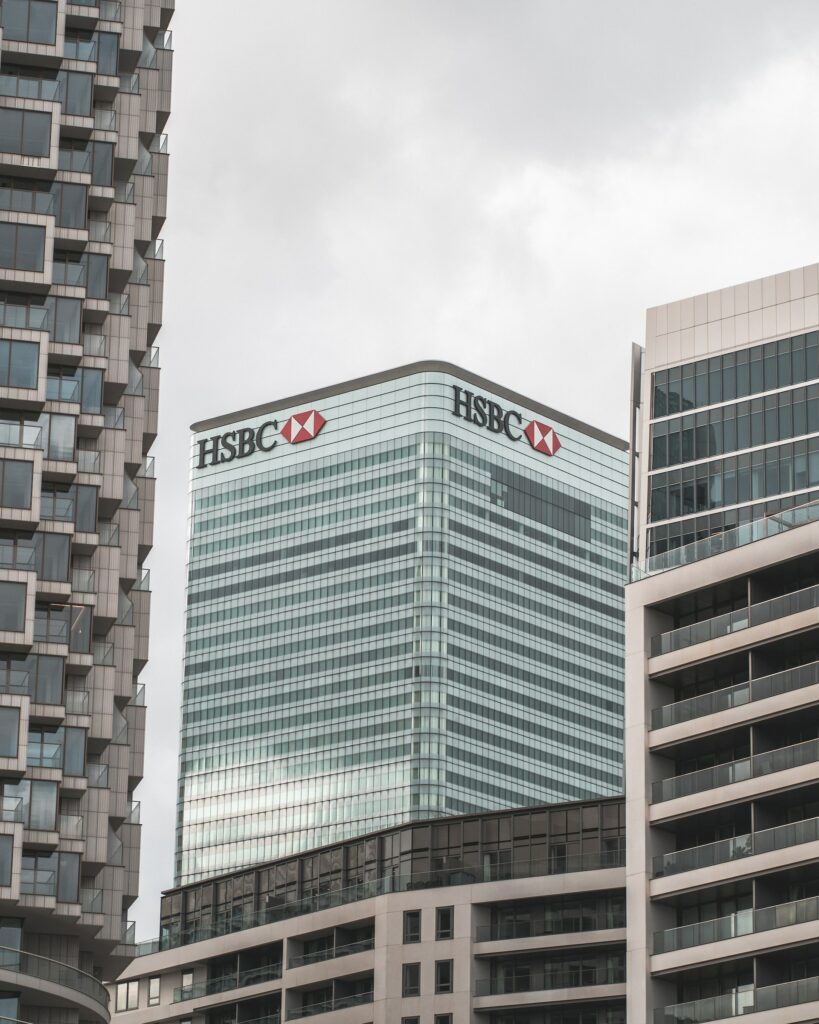
6 deadly sins
3 February, 2023
Chances are you’ve already fallen victim to at least one form of greenwashing today; perhaps you drank coffee misleadingly labelled as ethically sourced and degradable (green labelling), or you’re wearing an Asos jumper that tells you, the wearer, to ‘Think of the Environment’ and wash it at 30 degrees while it continues to fail in its own environmental responsibilities (green shifting), as this week’s writer discovered.
Greenwashing is an evolving and increasingly sophisticated phenomenon. Planet Tracker’s recent report details six different forms of greenwashing, each more creative and misleading than the previous one.
The most common is green labelling, using labels such as ‘degradable’ or ‘eco-friendly’ to market products. With more than 200 of these terms in widespread use, what they mean remains a mystery to many. Then there is green rinsing, where companies update their sustainability targets before they’ve achieved them. PepsiCo has changed recycling targets five times in the past five years, and unsurprisingly, hasn’t reached many of them.
Greenwashing in all its guises carries clear reputational risks – see HSBC’s problems last year when it was accused of greenlighting (spotlighting a green action) to distract from elsewhere. Its promise to plant two million trees was interpreted as an attempt to distract from the fact that they weren’t taking any action on the financing of businesses with enormous carbon and GHG emission contributions.
Planet Tracker’s report comes amidst increasing regulatory efforts to clamp down on greenwashing practices, such as the CMA’s Green Claims Code. If you want to distinguish your green shifting (putting the blame onto your suppliers or customers) from your green crowding (joining sustainability coalitions in the hope no one will realise you aren’t doing much) then you can read the report here. Or get in touch and we’d be happy to guide you through the maze.
By Rosie Serlin
 Back to all friday 5
Back to all friday 5